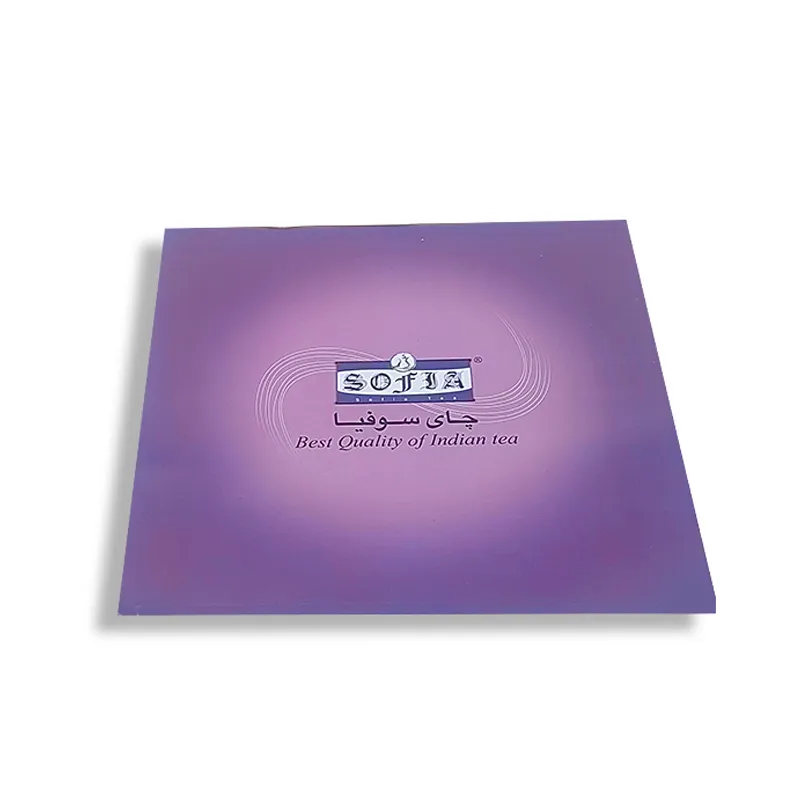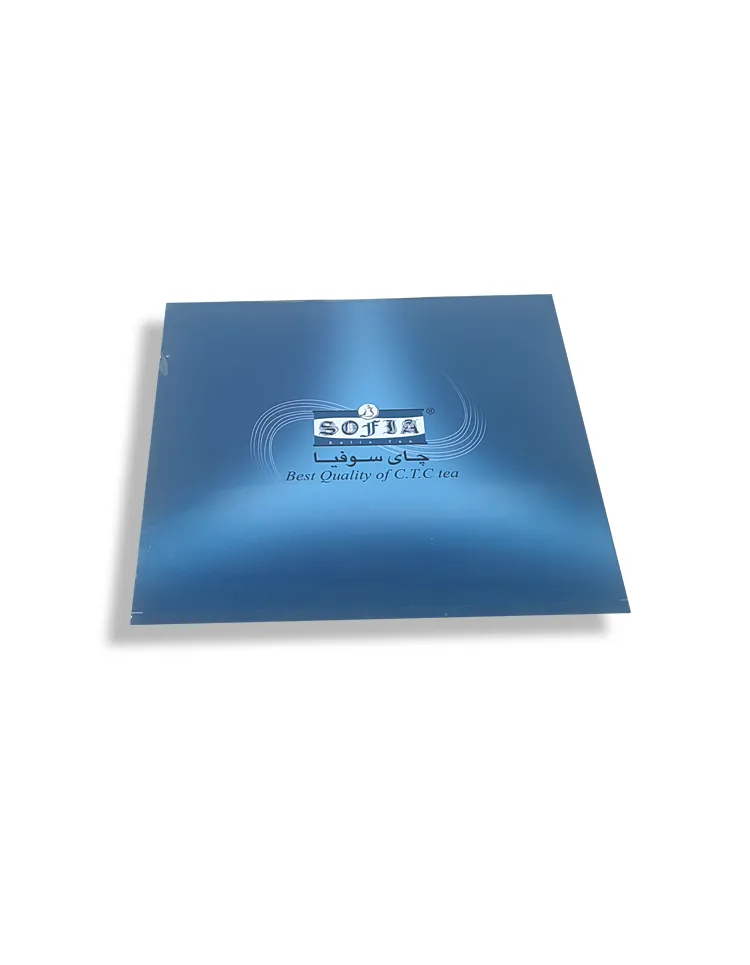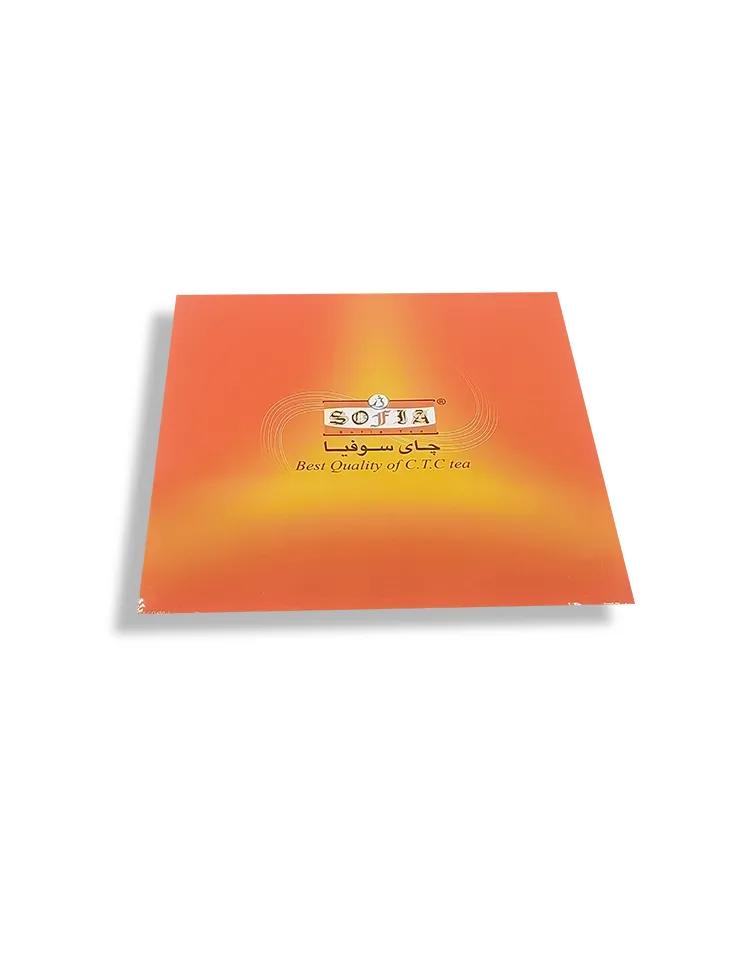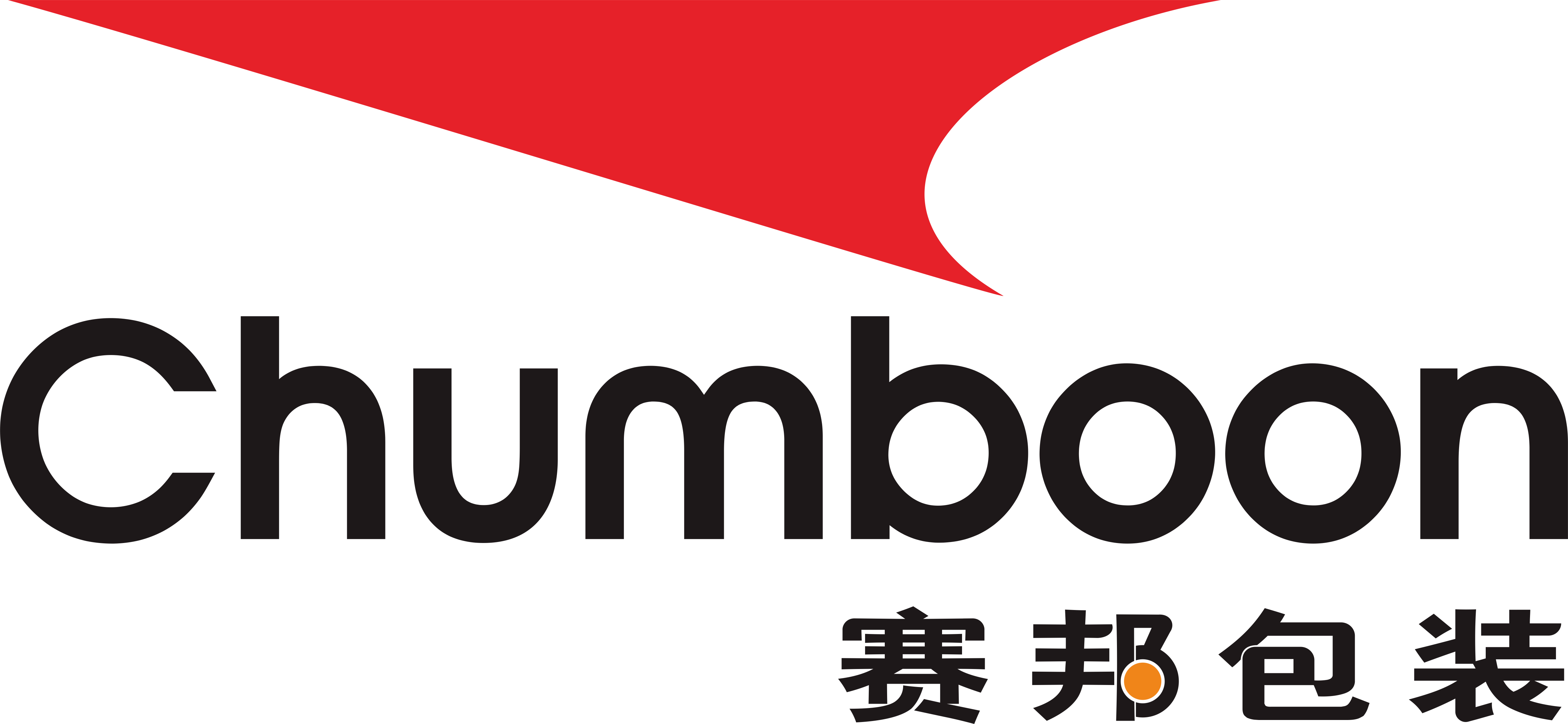Due to its excellent anti-corrosion properties and outstanding printing effects, tinplate has become one of the preferred materials for packaging food, beverages, cosmetics and chemical products. Tinplate printing technology has also continued to develop to meet diverse market needs.
This article will explore the mainstream technologies and advantages of tinplate printing in depth to help companies better select and apply these technologies.

What are the mainstream technologies for tinplate printing?
At present, tinplate printing mainly uses the following four technologies: offset printing, gravure printing, flexographic printing and screen printing. Each technology has its unique characteristics and advantages and is suitable for different application scenarios.
1. Offset Printing:
Offset printing, also known as lithography, is one of the most widely used printing technologies. Its principle is to transfer ink to the rubber blanket through the difference in oleophilicity and hydrophilicity between the image and blank parts on the printing plate, and then transfer the ink to the tinplate surface through the rubber blanket.
Advantages:
● High-quality printing: Offset printing can achieve high-resolution and fine image printing, which is suitable for packaging printing that requires high-quality images and details.
● High-speed production: Offset printing equipment usually has a high production speed, which is suitable for mass production and can effectively reduce the unit printing cost.
● Good color stability: Offset printing has high color reproduction, stable printing color, good consistency, and is suitable for products that require precise color management.
● Strong adaptability: Offset printing can print a variety of patterns and texts to meet different design requirements.
2. Gravure Printing:
Gravure printing is a printing technology that uses gravure plates. The image and text on the printing plate are concave and the blank part is convex. The ink is filled into the concave part and transferred to the tinplate surface by embossing.
Advantages:
● High-precision printing: Gravure printing can achieve very high printing accuracy and delicate patterns, which is suitable for high-end packaging and printing that requires fine patterns.
● Bright colors: The ink layer of gravure printing is thicker, and the printed colors are more vivid and saturated, which is suitable for packaging that requires bright colors.
● Strong printing durability: The gravure plate has strong printing durability, which is suitable for long-term mass printing and consistent printing quality.
● Fast drying: The ink used in gravure printing dries quickly, which helps to improve production efficiency.
3. Flexographic Printing:
Flexographic printing is a printing technology that uses a flexible plate made of rubber or photosensitive resin. Printing is performed by directly transferring ink to the tinplate surface.
Advantages:
● Wide adaptability: Flexographic printing can be applied to various substrates, not only tinplate, but also plastics, paper and other materials, with a wide range of adaptability.
● Environmentally friendly ink: Flexographic printing usually uses water-based ink or UV ink, which is more environmentally friendly than solvent-based ink.
● Low printing cost: Flexographic printing equipment and plate costs are low, suitable for small and medium-sized batch production, and can effectively reduce printing costs.
● High-speed production: Flexographic printing equipment has a fast production speed and is suitable for printing tasks that require a quick turnaround.
4. Screen Printing:
Screen printing is a printing technology that transfers ink to the tinplate surface through a screen. Screen printing is suitable for printing thicker ink layers and is often used for printing that requires special effects.
Advantages:
● Thick ink layer printing: Screen printing can achieve a thicker ink layer, and the printed pattern has a three-dimensional sense and special effects.
● Diversified applications: Screen printing is not only suitable for flat printing, but also for irregular surfaces, and has strong adaptability.
● Bright colors: The ink layer of screen printing is thick, the colors are bright and saturated, and it is suitable for packaging that requires high visual impact.
● Small batch production: Screen printing is suitable for small batches and personalized customized printing needs, and has high flexibility.

Application scenarios of different technologies
According to the characteristics and advantages of different printing technologies, companies can choose the appropriate printing technology according to their own needs:
1. High-quality images and details: For food, cosmetics and high-end beverage packaging that require high-quality images and details, offset printing is the best choice. Its high resolution and color stability can meet the requirements of high-quality printing.
2. Fine patterns and mass production: For chemical products and high-end packaging that require fine patterns and mass production, gravure printing is an ideal choice. Its high precision and strong printing resistance can ensure the consistency and high quality of mass production.
3. Environmental protection requirements and small and medium-sized batch production: For packaging that focuses on environmental protection and requires small and medium-sized batch production, flexographic printing is a suitable choice. The environmentally friendly inks it uses and the lower printing costs can meet the needs of environmental protection and cost control.
4. Special effects and personalized customization: For packaging that requires special printing effects and personalized customization, such as art packaging and limited edition products, screen printing is an ideal choice. Its thick ink layer and diversified applications can achieve unique visual effects.

How to choose the right printing technology?
When choosing the right tinplate printing technology, companies need to consider the following factors:
1. Product demand: Choose the appropriate printing technology according to the packaging needs and market positioning of the product. For example, high-end products require high-quality images and details, and offset printing can be selected; products that require environmental protection requirements can choose flexographic printing.
2. Batch size: Choose the appropriate printing technology according to the size of the production batch. Offset printing or gravure printing can be selected for large-scale production
3. High efficiency and low cost: Flexographic printing or screen printing can be selected for small and medium-sized batch production, with high flexibility.
4. Cost control: Choose the appropriate printing technology according to budget and cost control requirements. Offset printing and gravure printing are suitable for large-scale production
5. Low unit cost: Flexographic printing and screen printing are suitable for small and medium-sized batch production, and the cost of equipment and plates is low.
6. Environmental protection requirements: Consider environmental protection regulations and the company's environmental protection policies, and choose printing technology that uses environmentally friendly inks, such as flexographic printing.
7. Special needs: Choose the appropriate printing technology according to the special needs of the product. For example, screen printing can be selected for products that require special printing effects and personalized customization.
Conclusion
Tinplate printing technology continues to develop and meet the diverse market needs. Offset printing, gravure printing, flexographic printing and screen printing each have their own unique characteristics and advantages. Enterprises can choose the appropriate printing technology based on factors such as product demand, production batch, cost control and environmental protection requirements.

